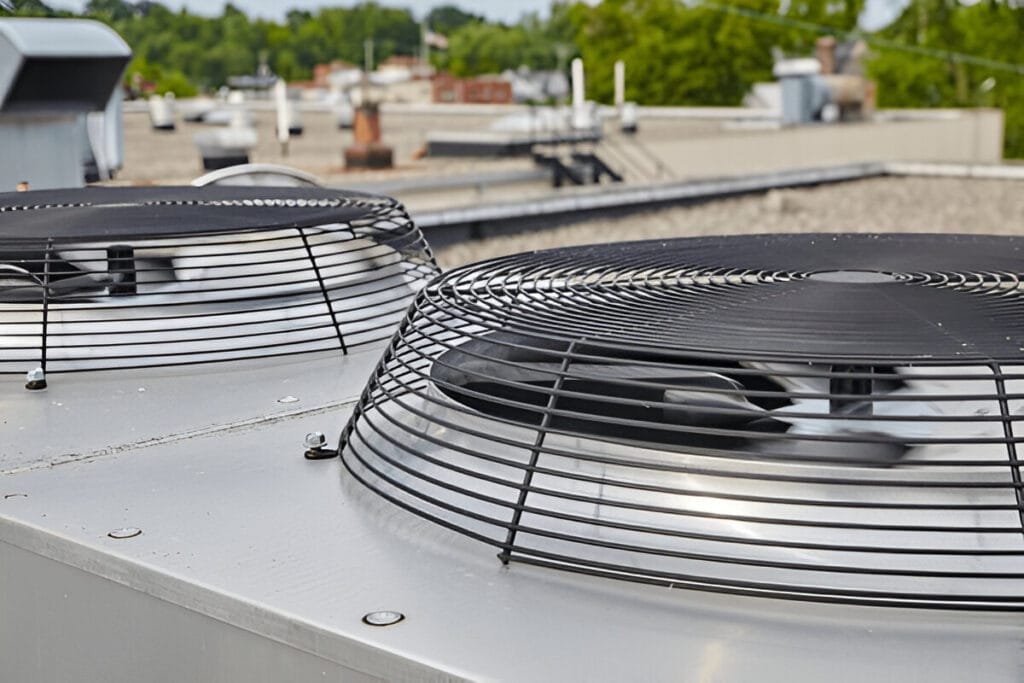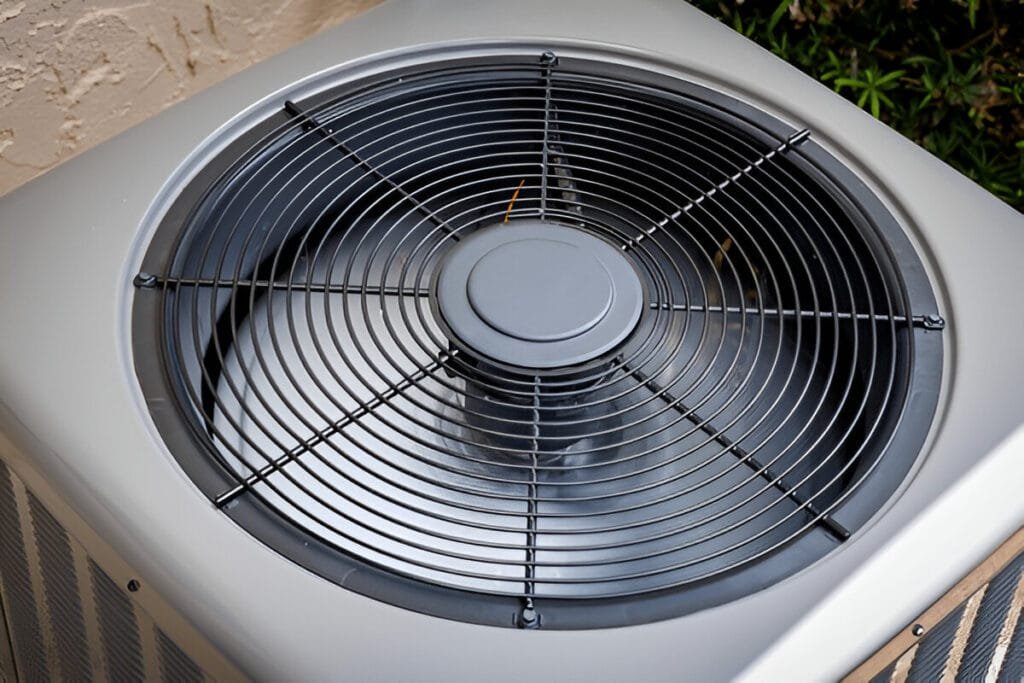What Is the Difference Between Exhaust Fan and Exhaust Blower
Exhaust fans and blowers remove air, but blowers are more powerful for industrial and commercial applications.
Read More
The HVAC fan setting, a seemingly minor detail, can significantly impact your system’s efficiency and your home’s comfort. Professionals in the industry often debate the merits of keeping the fan running continuously or setting it to “Auto.”
In this blog post, we will delve into the intricacies of this decision, analyzing the potential benefits and drawbacks of each approach.

The fan on an HVAC unit, also known as the blower motor fan. It is responsible for circulating air throughout your home, distributing heated or cooled air from the HVAC system to the various rooms via ductwork.
The fan also helps to maintain proper air filtration by pulling air through the system’s air filters, which remove dust particles, allergens, and other airborne particles.
The AUTO setting on a thermostat is a common feature that controls the operation of the HVAC system’s fan.
When the thermostat fan is set to AUTO mode, the fan will only run when the system is actively heating or cooling the space to reach the desired temperature setting. Once the target temperature is achieved, both the HVAC unit and the fan will shut off until the next heating or cooling cycle is needed to maintain the indoor temperature.
Using the AUTO setting on your thermostat can lead to significant energy savings and lower utility bills. By running the fan only when necessary during active heating or cooling cycles, you can reduce overall energy consumption compared to leaving the fan on continuously.
The AUTO setting can also help regulate indoor humidity levels more effectively, especially during the summer months.
When the air conditioner is running, it not only cools the air but also removes moisture. If the fan continues to run after the cooling cycle ends, it can re-evaporate some of that moisture from the cold cooling coils back into your home.
By allowing your system to cycle on and off as designed, you can minimize unnecessary strain on the fan motor and other components, potentially saving on repair costs and increasing the overall lifespan of your HVAC unit.
One potential drawback of using the AUTO setting is that it may result in less consistent air circulation between heating or cooling cycles. This can lead to uneven temperatures throughout your home, with some areas feeling colder or warmer than others. Cold spots or hot spots can occur when air isn’t being continuously circulated to maintain a stable temperature.
When the fan is not running between cycles on the AUTO setting, the lack of air movement may cause the air to feel stagnant or stuffy.
Insufficient fan circulation can impact indoor air quality, leading to a buildup of allergens, dust particles, and other airborne irritants. For individuals with allergies or respiratory sensitivities, this stagnant air can exacerbate symptoms and create discomfort.


The “on” setting on a thermostat refers to the option that keeps the HVAC system’s blower fan running continuously, regardless of whether the air conditioner or furnace is actively heating or cooling the home. When the fan is set to “on,” it circulates air throughout the house 24/7, even when the heating or cooling cycles are not engaged.
With the fan running constantly, air is continuously moving through the system’s filters, which can help remove airborne particles, dust, and other contaminants more effectively.
When the fan runs continuously, it helps distribute conditioned air more evenly, reducing the occurrence of hot or cold spots.
For individuals with allergies, asthma, or other respiratory issues, the “on” setting can provide some relief. The continuous air circulation and enhanced filtration associated with this setting can help reduce the presence of allergens, pet dander, and other irritants in the air.
When the fan runs continuously, it requires electricity to operate, even when the air conditioner or furnace is not actively heating or cooling the home. This constant energy usage can add up over time, leading to higher monthly energy bills.
With the fan running constantly, these components will experience more frequent use and may require maintenance or replacement sooner than if the fan were set to “auto.”
Yes, a small fan uses significantly less electricity than an air conditioner. Fans consume about 1% of the energy used by a central AC unit.
Leaving the HVAC fan on continuously is generally fine, but it has both advantages and drawbacks. Running the fan 24/7 improves air circulation, filtration, and temperature consistency. However, it also increases electricity consumption, leads to faster filter clogging, and may cause more wear on the fan motor.